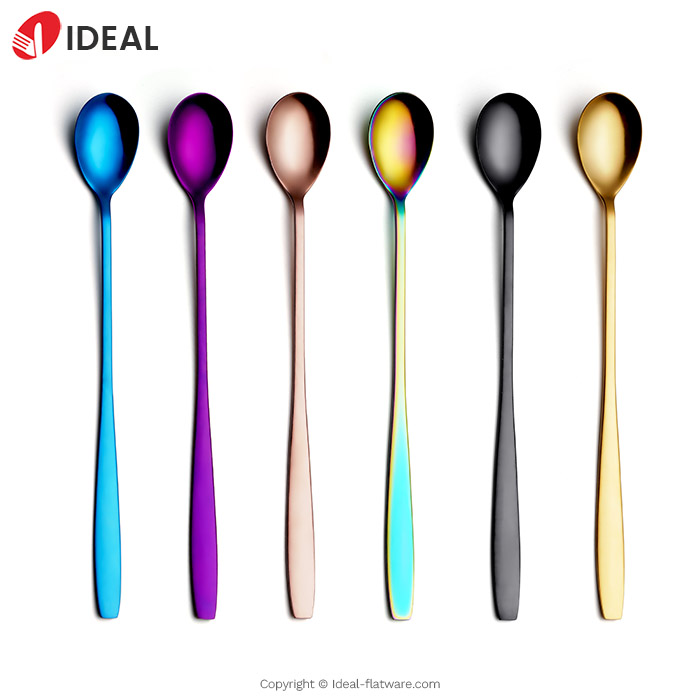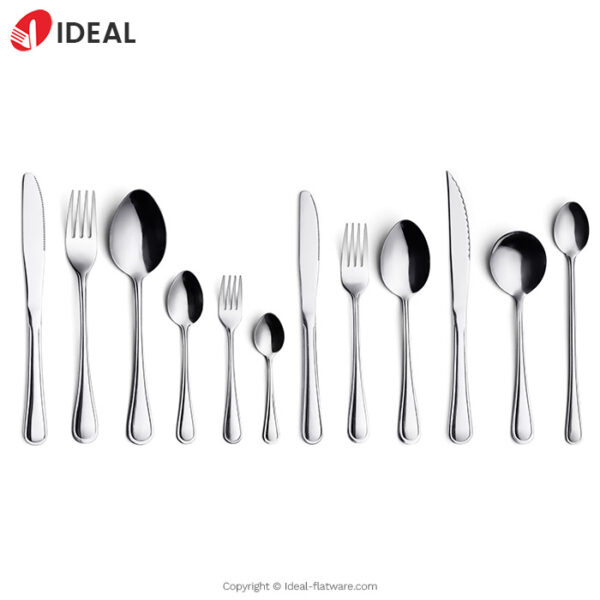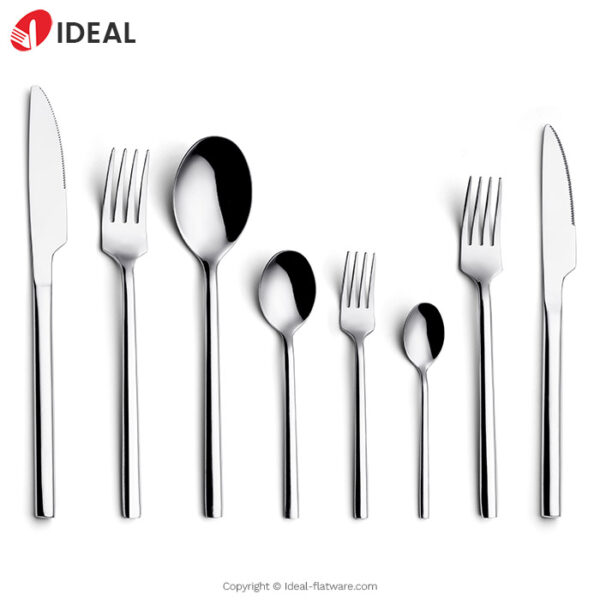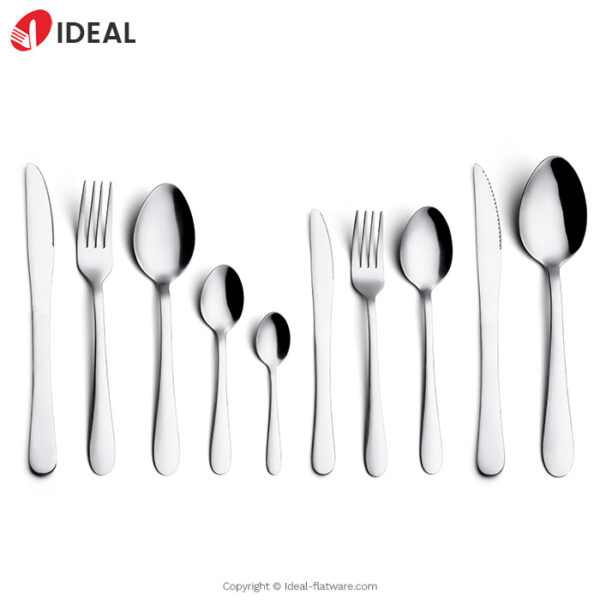Stainless steel is a material that we come into contact with on a daily basis, and it is recognised for its strength as well as its flexibility. It is also long-lasting and is commonly found in building projects, cars, and many forms of installations and equipment. It also comes in a variety of finishes, which can reveal a lot about the quality of the material (though not always). Because your cookware is most likely composed of steel, we may assume that it is safe and easy to use, and likely far superior than any material with similar physical and chemical qualities.
When determining the quality of the steel, you must be aware of several technical aspects and characteristics, such as the production date, if available, the declaration, certificates, but also the condition, colour, finish, and a variety of other criteria that will assist you in better understanding the item you have. So, here are several sorts of identification that might assist you in determining quality:

- The color
The polished stainless steel is silver, nearly white, and smooth. The chromium-nickel kind, on the other hand, may have a green finish. The surface of the chrome is grey and not lustrous. When chromium is coupled with manganese nitrogen, it produces a greenish colour that is somewhat lighter than the chromium-nickel colour. All of these options are of high quality.However, if you can distinguish another colour or finish, you may need to dispute the quality and request a certificate and declaration.
- The magnet experiment
Some combinations (alloys) blend multiple types of materials with steel to increase performance. Many individuals feel that ordinary stainless steel should not be magnetised. However, we discussed several sorts in the preceding paragraph, and some of them, particularly chromium alloys, may still attract magnets. As a result, this test does not necessarily indicate that the content is not legitimate. However, the forces between the magnet and the steel surface should be very low, virtually negligible, indicating that the material is of high quality.
- Put the durability to the test
You may do easy home tests on kitchen items to see if they are made of high-quality metals. Examine whether they can change form under pressure or heat, and whether different types of food impact the colour and quality of the item. Alkaline meals, for example, can produce some metallic flavour from low-quality suppliers. Acidic foods, on the other hand, can be harmful. This is not harmful to your health, but it is a quality indication.
- Which is the highest quality type? Learn about the technical aspects.
According to several sources, the finest grade steel has the code 304, which is the most popular variety and is resistant to corrosion and oxidation, easy to wash and sanitise, and extremely durable. This is the primary technical confirmation of the product’s quality. The material will not corrode on its own, but if the surface is damaged in any way, rust will begin to spread within the object.
The 304 kind is excellent for household use, including as cooking utensils, knives, taps, and other surfaces. However, there is an even better variety for outdoor usage, with the designation 316. Because 304 is composed of chromium and nickel, 316 contains molybdenum.This component protects against road damage caused by deicing salts. Some chemical constituents may destroy even the toughest steel, which is why producers are working hard to increase the alloys’ endurance.
- What exactly is type 440?
When it comes to heat, this is the variety with the highest ratings. It’s blended with carbon for extra toughness and high-pressure resistance. However, it is not available at home or in regular use. The series beginning with 4 (400 series) are ferrite and chromium alloys with significantly increased performance over the preceding series. Many manufacturers consider this to be the most widely utilised material for building coverings, automobiles, and other long-lasting products.






